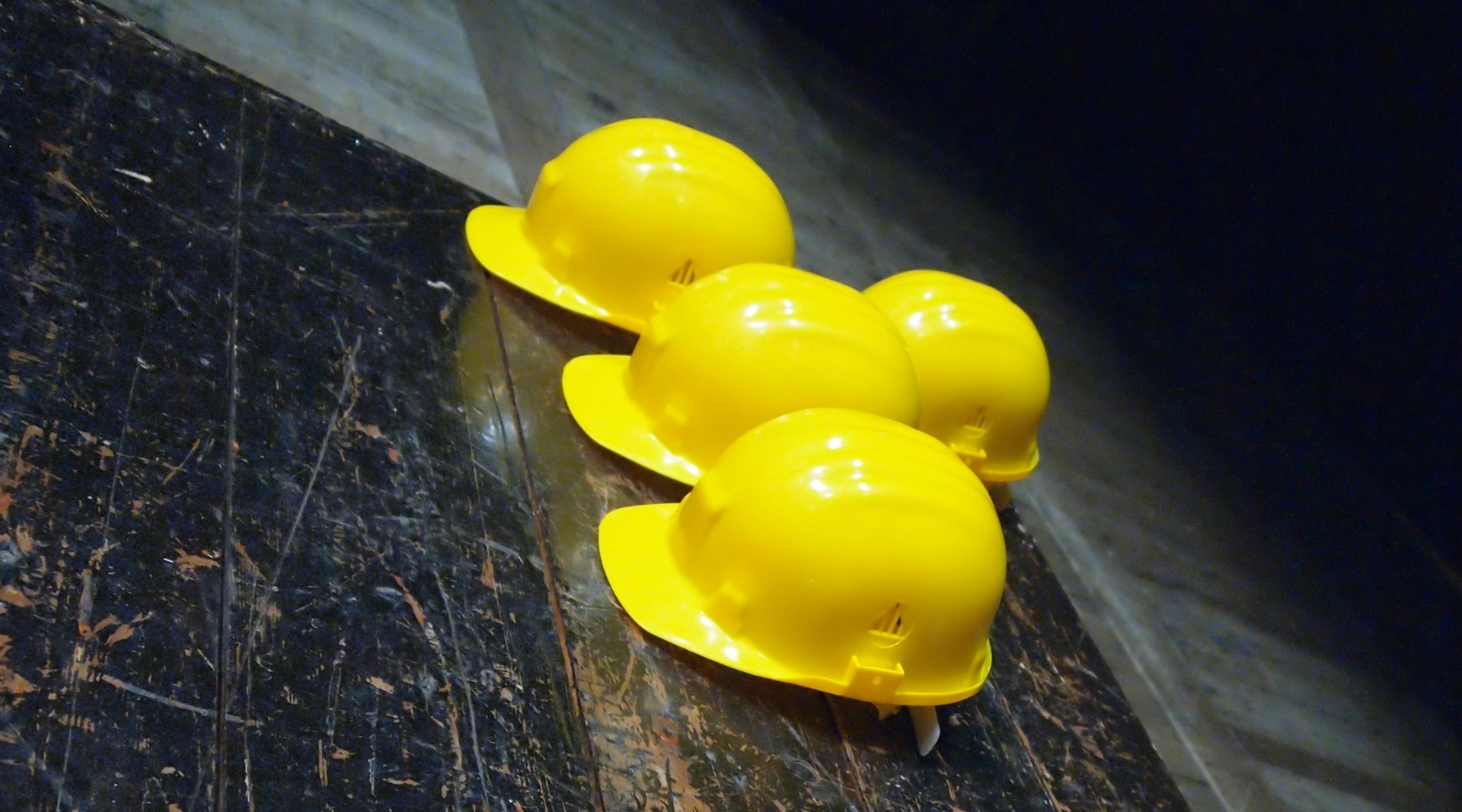
Workplace health and safety is serious business – after all, every worker deserves a safe place to do their job. But how do you know where to start?
A WHS (Work Health and Safety) Management Plan is your first step. Think of it as a basic roadmap to keeping your team safe and your worksite compliant.

The WHS Act – What’s required
If you’re the main contractor on a construction project, the Work Health and Safety regulations require you to set up a WHS Management Plan. These regulations are designed to protect everyone on site by ensuring safe work practices are in place and followed.
Under the regulations, you’re also responsible for keeping this plan up to date - regularly reviewing and revising it so it reflects any changes on the project and continues to keep everyone safe.
What is a WHS Management Plan?
A WHS Management Plan, also known as a Safety Management Plan (SMP), is a key legal document that every job site needs to have. It’s there to make sure that everyone on site stays safe by laying out the rules and procedures for managing risks. This plan isn’t just a formality - it’s a requirement under the law, helping to keep your team safe and your project compliant.
Who needs a WHS Management Plan?
If you're the principal contractor on a construction project, the WHS Regulations require you to create and implement a WHS Management Plan. Having a WHS Management Plan is a great way to show your commitment to safety. It helps everyone on site understand their health and safety responsibilities, keeping your team safer and your project more organised.
What’s included in a WHS Management Plan?
We like to break down the contents of a WHS Management Plan into five main categories – keeping in mind every project is different so the plan may vary.
- Project overview.
- Forms and checklists.
- Policies and procedures.
- Site-specific information.
- Registers and records.
PROJECT OVERVIEW: This part of the plan gives an overview of your project and includes key information about the roles and responsibilities of the team, a risk assessment, project details and objectives and information on document control and how the WHS Management Plan will be maintained, updated, stored and accessed.
FORMS AND CHECKLISTS: Your job site will require various forms and checklists, including, but not limited to:
- Safe Work Method Statement (SWMS)
- Job Safety Analysis (JSA)
- Workplace Inspection Checklist
- Plant & Equipment Checklist
- WHS Management Plan Checklist
- Employee Induction Checklist
POLICIES AND PROCEDURES: Having clear policies and procedures for each project is essential - they keep workers safe, ensure smooth operations, and protect the Principal Contractor. Key policies to include in your SMP include:
- WHS & Environment Policy
- Manual Handling Policy
- Plant & Equipment Policy
- Hazardous Substances, Dangerous Goods and MSDS Policy
- Hazard Reporting Policy
- Emergency Response Procedures
SITE INFORMATION: Your SMP should cover important details about the project and the workers. Include things like PPE requirements, site safety rules, and manual handling procedures. It’s also important to mention any training and competency checks, as well as toolbox meetings and pre-start talks. Don’t forget to highlight the need for consultation, cooperation, and coordination among the team. Lastly, make sure to outline how injuries and incidents will be investigated and managed.
REGISTERS AND RECORDS: Keeping everything in one place makes it easy to find documents and ensures the procedures are followed. Some important ones to include are the Site Induction Record, Plant & Equipment Register, Hazardous Substances and Dangerous Goods Register, Electrical Equipment Register, Register of Injuries, Incident Investigation Report, and Hazard Report.
Where to download a WHS Management Plan
Here at Builder Assist, we make it easy to instantly download an SMP for your project. We have WHS Management Plan templates for builders and every trade. They are user-friendly, easily formatted in MS Word and include instructions.
You can also view the Work Health & Safety Regulators in your state or territory, by visiting the SafeWork Australia website.



